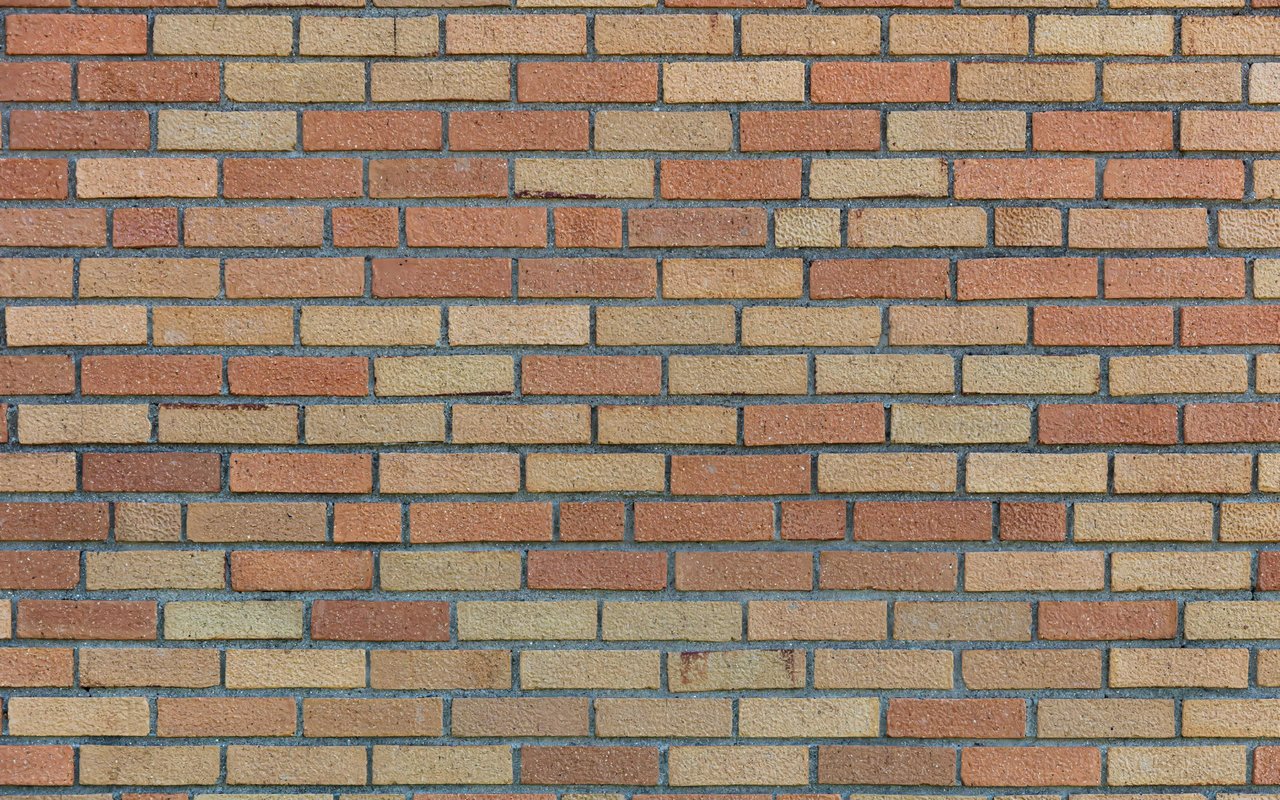The foundation of your home is its most critical structural component. It supports the entire weight of the building and keeps it stable and secure. However, many homeowners overlook foundation maintenance until issues become serious and costly. Understanding how to maintain your house’s foundation can prevent problems, protect your investment, and ensure your home remains safe and sound for years to come. This comprehensive guide will explore the key steps to maintaining your foundation, identifying potential problems, and knowing when to seek professional help.
Understanding Your Foundation
Before diving into maintenance tips, it’s essential to understand the different types of foundations and how they function. The most common types of foundations include:
Slab Foundation
A slab foundation is a flat, concrete pad poured directly on the ground. It’s a popular choice in warmer climates where the ground doesn’t freeze. While slab foundations are relatively low-maintenance, they are susceptible to cracking and shifting if the soil underneath expands or contracts.
Crawl Space Foundation
A crawl space foundation elevates the home slightly off the ground, creating a small space (usually 18 inches to four feet) between the house and the earth. This type of foundation allows for easy access to plumbing and electrical systems but can be prone to moisture issues and pest infestations.
Basement Foundation
A basement foundation includes a full or partial story below the ground level, providing additional living or storage space. While basements offer versatility, they require careful attention to moisture control and structural integrity.
Key Steps to Maintain Your Foundation
Regular foundation maintenance can help prevent severe problems and extend the life of your home’s structure. Here are some crucial steps to keep your foundation in top condition:
Manage Water Around Your Home
Water is one of the biggest threats to your foundation. Excess moisture can cause the soil to expand and contract, leading to foundation movement and cracks. To manage water effectively:
- Install Proper Gutters and Downspouts: Ensure your gutters and downspouts are clean and in good repair. Direct downspouts at least five to ten feet away from the foundation to prevent water from pooling around the base of your home.
- Grade Your Yard Correctly: The soil around your home should slope away from the foundation to encourage water runoff. A slope of six inches over the first ten feet is generally recommended.
- Check for Plumbing Leaks: Regularly inspect your plumbing for leaks, especially in areas where pipes are close to the foundation. Address any leaks promptly to avoid water accumulation.
Control Moisture Levels
Maintaining consistent moisture levels in the soil around your foundation is crucial. Both excessive moisture and prolonged dryness can cause soil movement. Consider the following tips:
- Use Soaker Hoses: In dry periods, use soaker hoses around your foundation to maintain soil moisture. Set the hoses about 18 inches from the foundation and run them for short periods to avoid over-watering.
- Install a Vapor Barrier in Crawl Spaces: If you have a crawl space foundation, install a vapor barrier to reduce moisture from the ground. This barrier can prevent condensation and mold growth.
- Insulate Your Basement: Proper insulation in basement foundations can help regulate moisture levels and temperature, reducing the risk of condensation and water damage.
Monitor and Repair Cracks
Cracks in your foundation are a common issue, but not all cracks indicate severe problems. It’s essential to monitor cracks and repair them as needed:
- Hairline Cracks: Small, hairline cracks are often normal and can be sealed with a waterproof masonry sealer to prevent water intrusion.
- Vertical Cracks: Vertical cracks may be due to normal settling. Monitor these cracks for changes and seal them if they widen.
- Horizontal or Diagonal Cracks: These types of cracks can indicate more significant structural issues. If you notice horizontal or diagonal cracks, especially if they are wide, consult a foundation specialist.
Maintain Proper Landscaping
Landscaping plays a significant role in foundation maintenance. Improper planting and tree placement can affect the soil and foundation stability:
- Plant Trees and Shrubs at a Distance: Large trees and shrubs should be planted at least their mature height away from the foundation. This prevents roots from exerting pressure on the foundation and drawing moisture from the soil.
- Avoid Excessive Mulching: Mulch can retain moisture, which is beneficial for plants but detrimental to your foundation. Use mulch sparingly near the foundation and ensure it doesn’t touch the foundation walls.
- Control Vegetation Growth: Regularly trim vegetation around your home to prevent roots from damaging the foundation and to maintain proper air circulation.
Conduct Regular Inspections
Regular inspections can help you identify potential foundation issues early. Schedule routine checks and look for signs of trouble:
- Inspect Exterior Walls: Look for cracks, bulges, or other changes in the exterior walls that could indicate foundation movement.
- Check Interior Walls and Floors: Monitor your interior walls and floors for cracks, unevenness, or gaps between walls and ceilings. These signs can point to foundation problems.
- Examine Doors and Windows: Doors and windows that stick, jam, or have gaps around them might signal foundation issues. Ensure they open and close smoothly and check for cracks in the frames.
When to Seek Professional Help
While many foundation maintenance tasks can be handled by homeowners, some situations require professional intervention. Seek professional help if you notice:
- Significant Cracks: Large, horizontal, or diagonal cracks may indicate serious structural issues that need professional evaluation and repair.
- Persistent Water Problems: If you have ongoing water problems despite taking preventive measures, consult a foundation specialist to assess and address the issue.
- Foundation Movement: Noticeable foundation movement, such as uneven floors, bowing walls, or significant settling, requires professional assessment and potential structural repairs.
Maintaining your house’s foundation is essential for preserving the integrity and value of your home. By managing water around your home, controlling moisture levels, monitoring and repairing cracks, maintaining proper landscaping, conducting regular inspections, and addressing drainage issues promptly, you can prevent costly foundation problems and ensure the long-term stability of your property. Remember, when in doubt, seek professional help to address any significant concerns. With proper care and attention, your foundation will support your home for many years to come.
Susan Mohr and Bradley Mohr are a dynamic real estate duo with over 27 years of experience in the Pasadena real estate market. They have earned a reputation as one of the top-producing teams in the area and were recently honored as one of the top 10 teams nationwide with a large, internationally known real estate company. Contact Susan and Bradley today to experience the difference of working with one of the top real estate teams in Pasadena.




